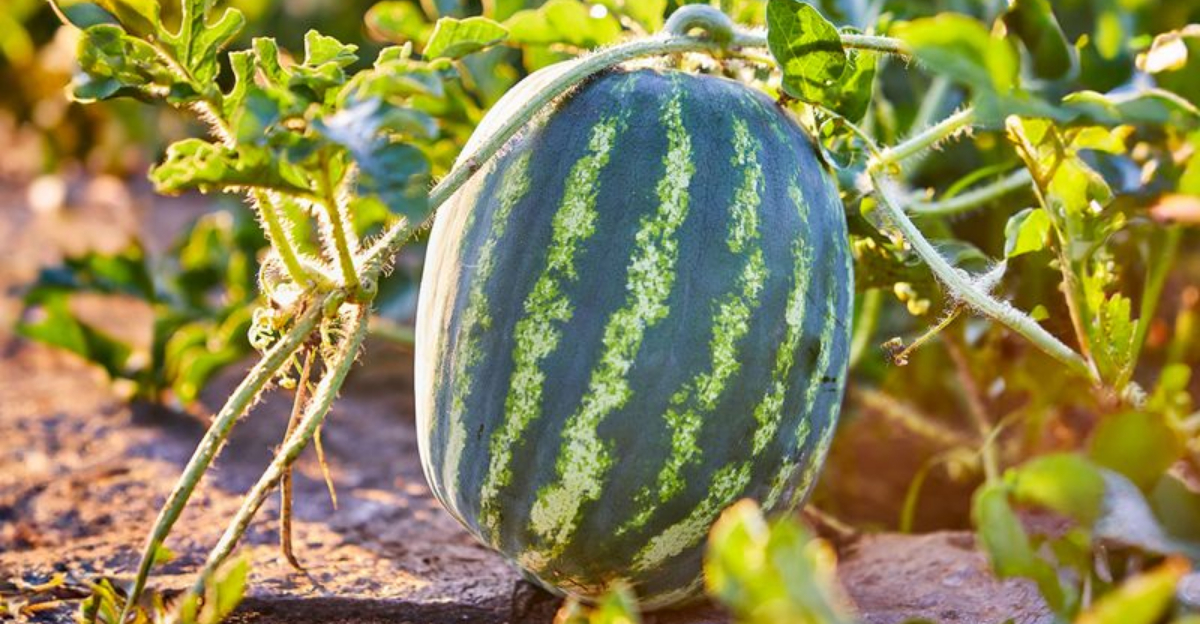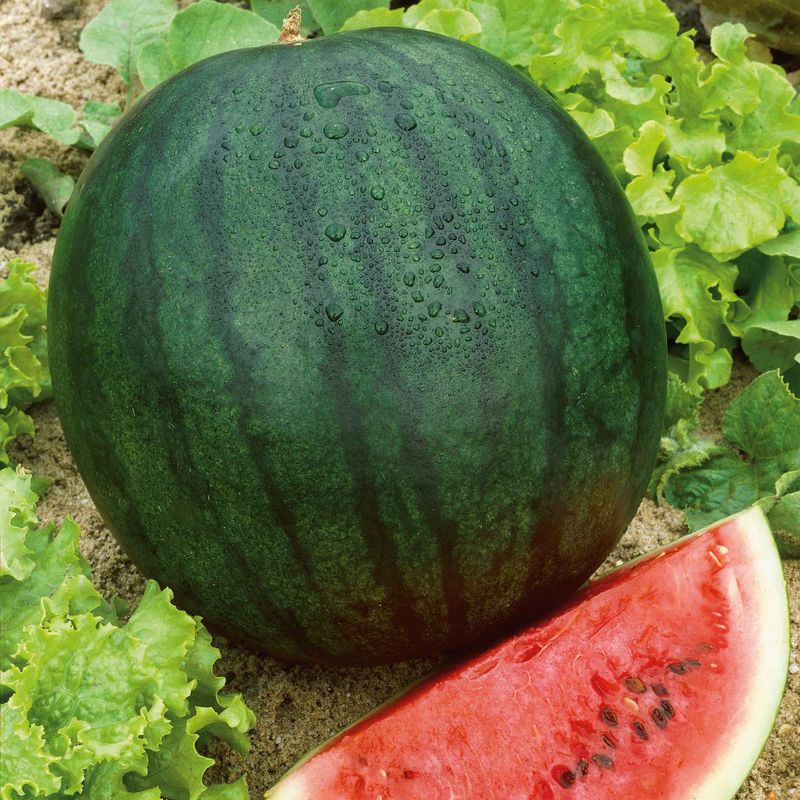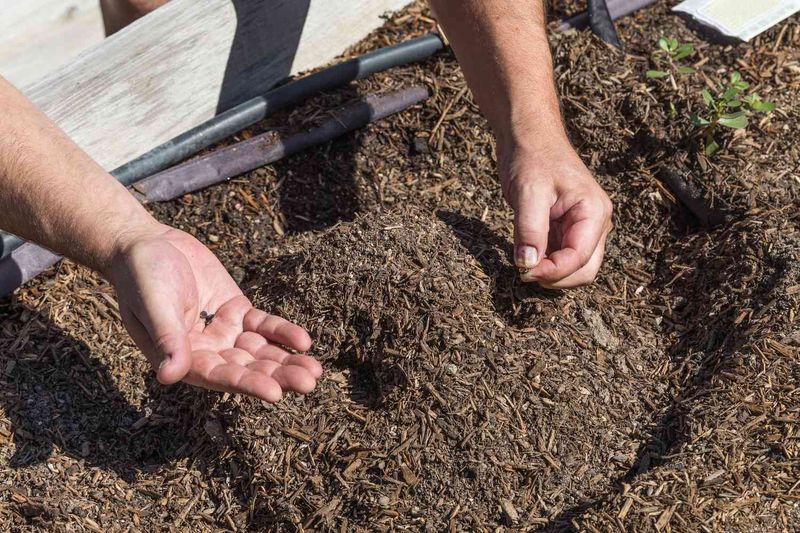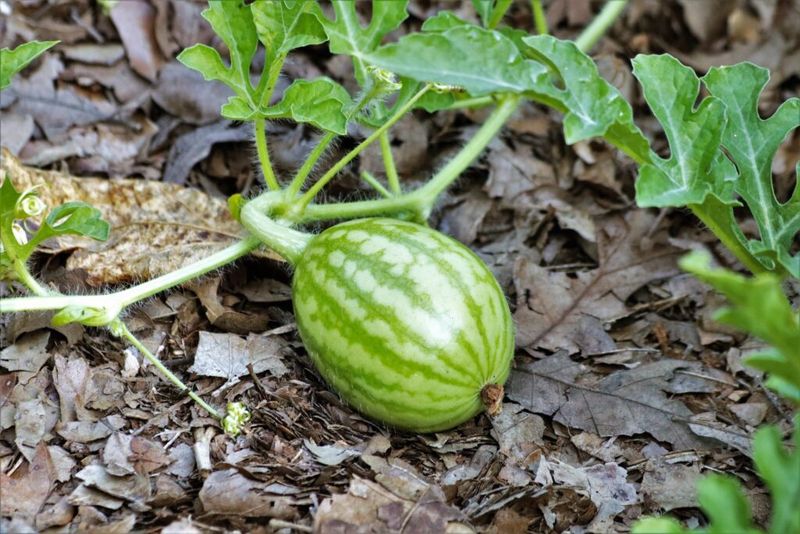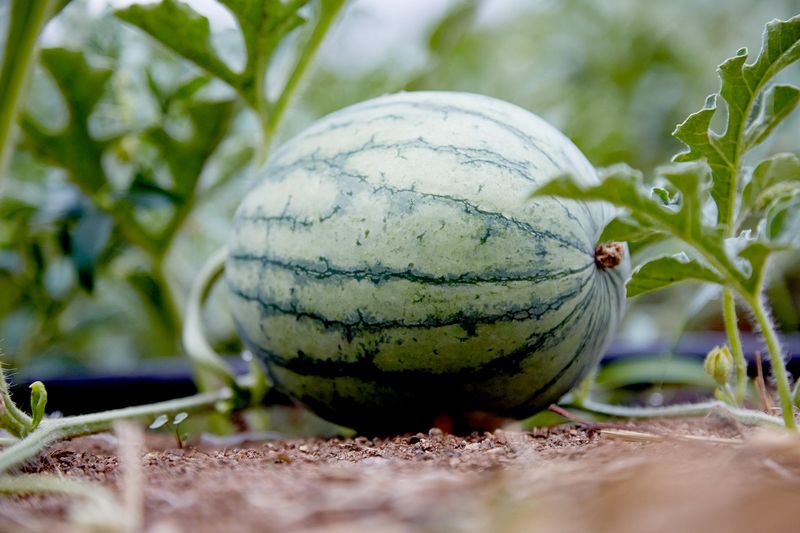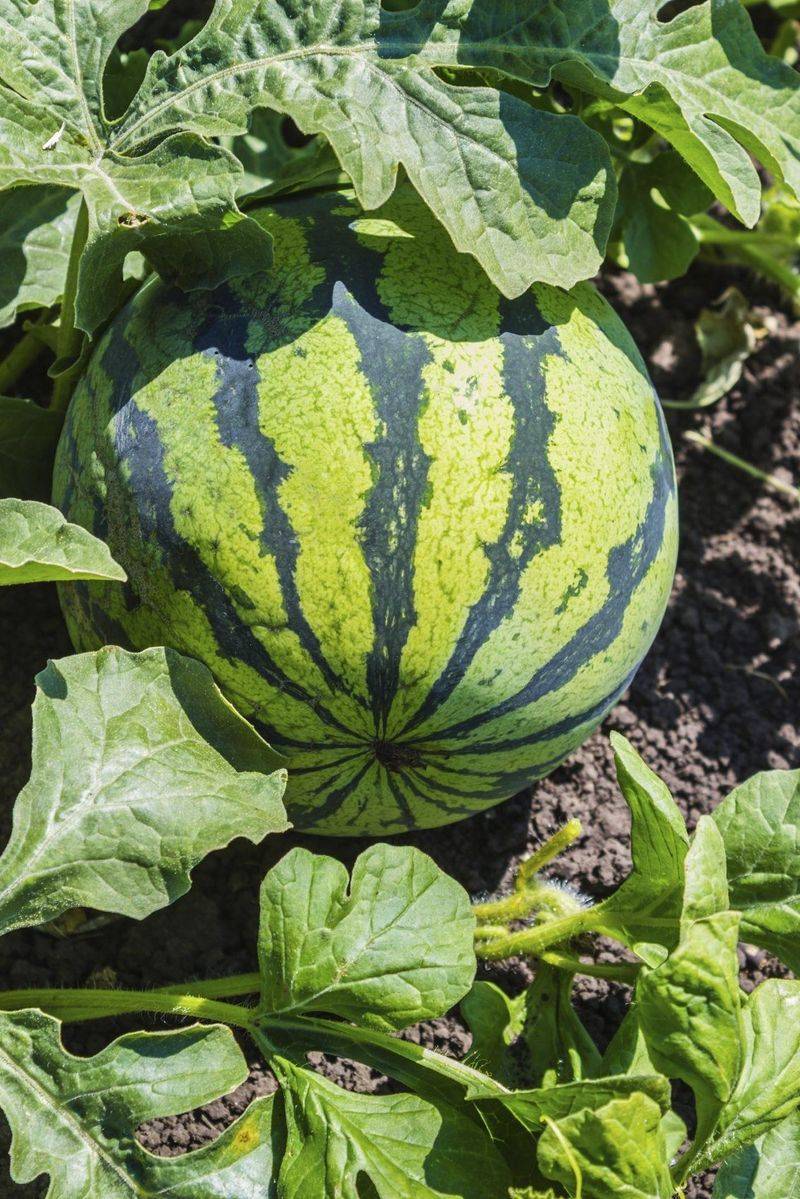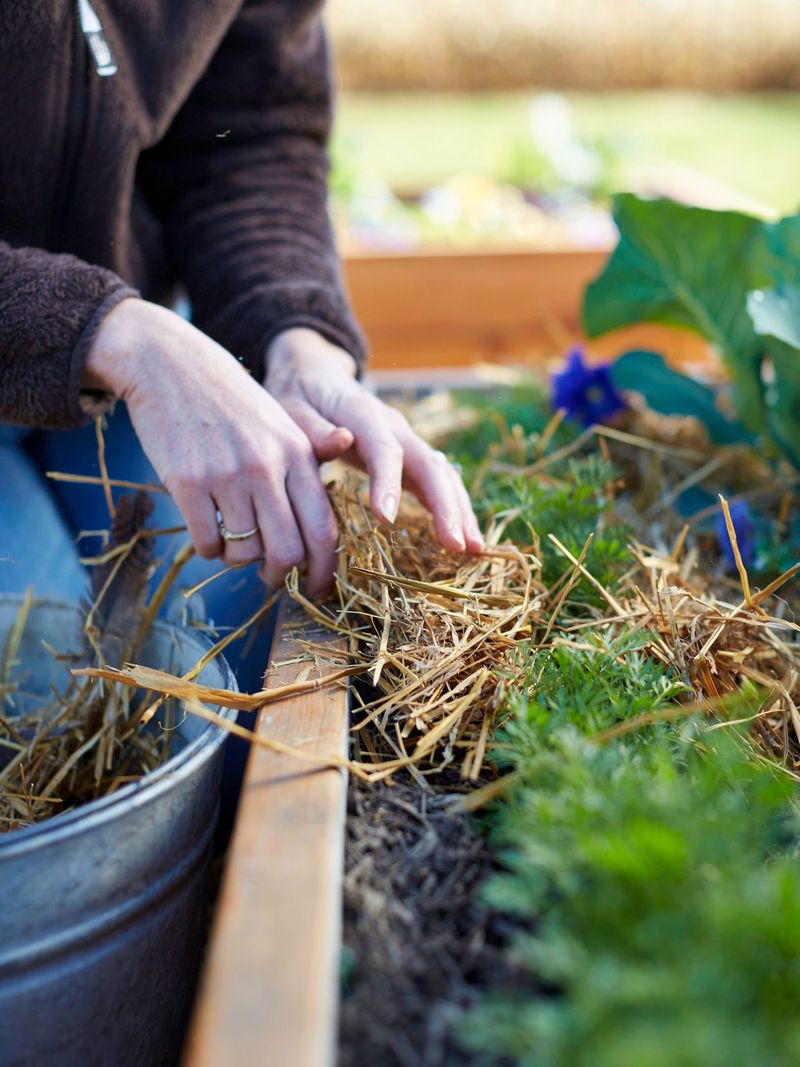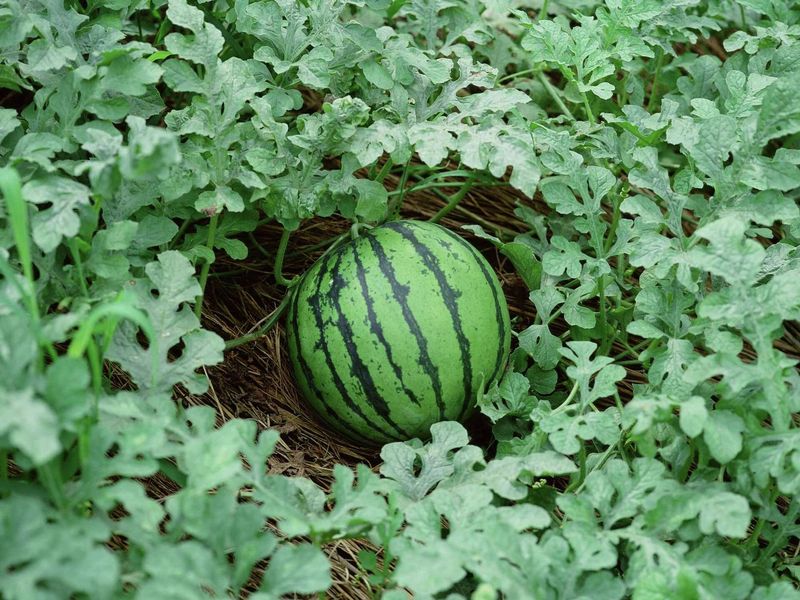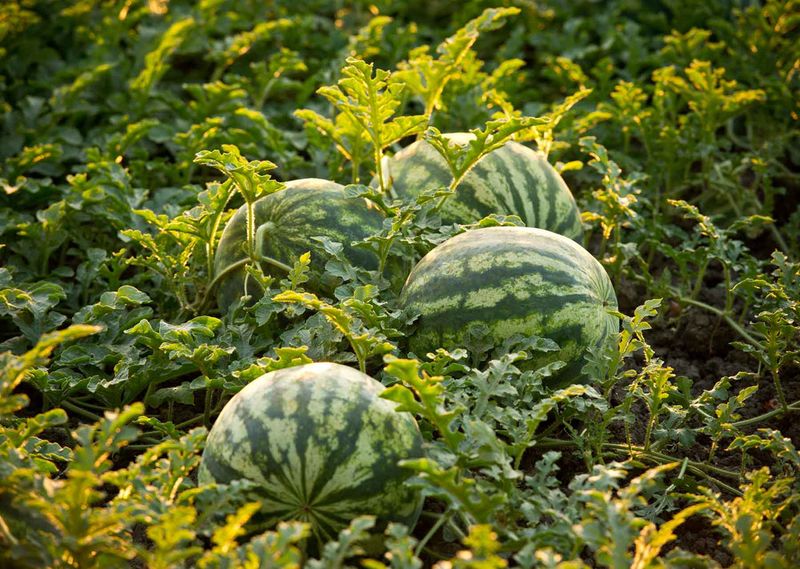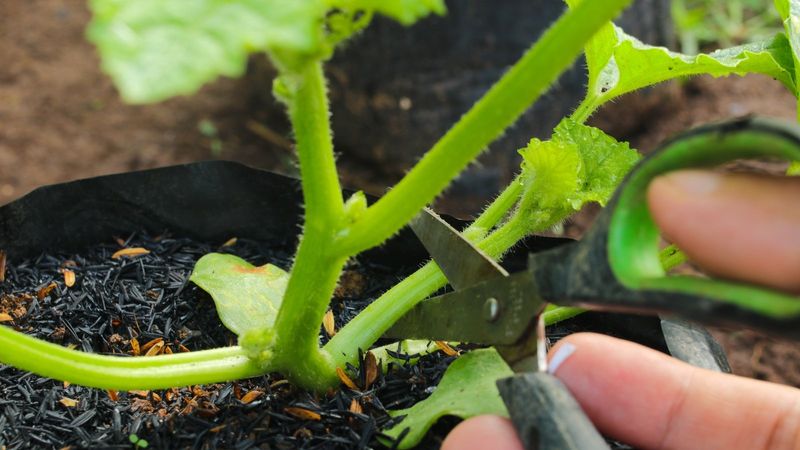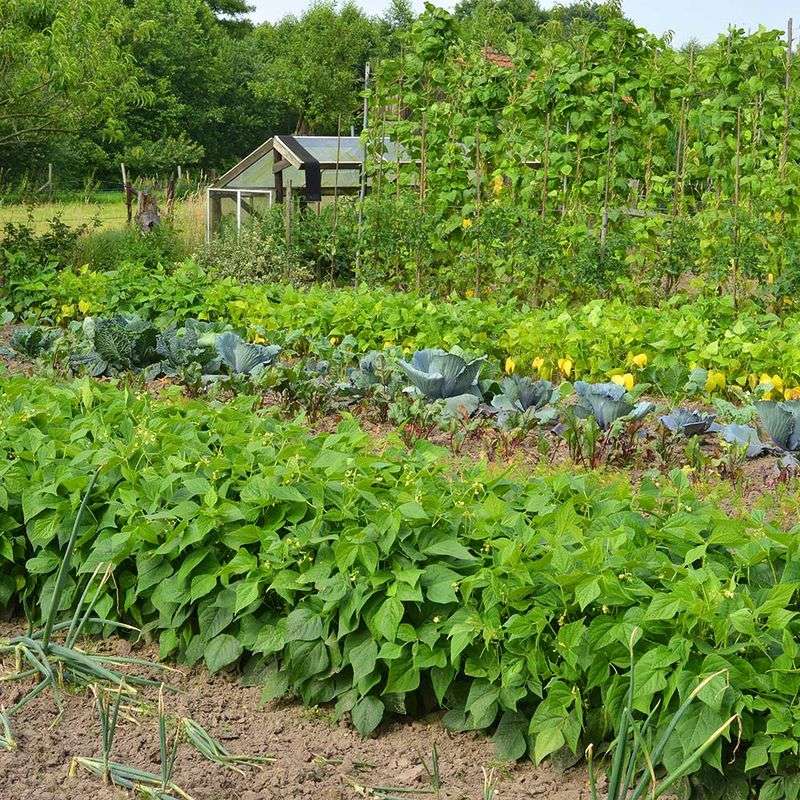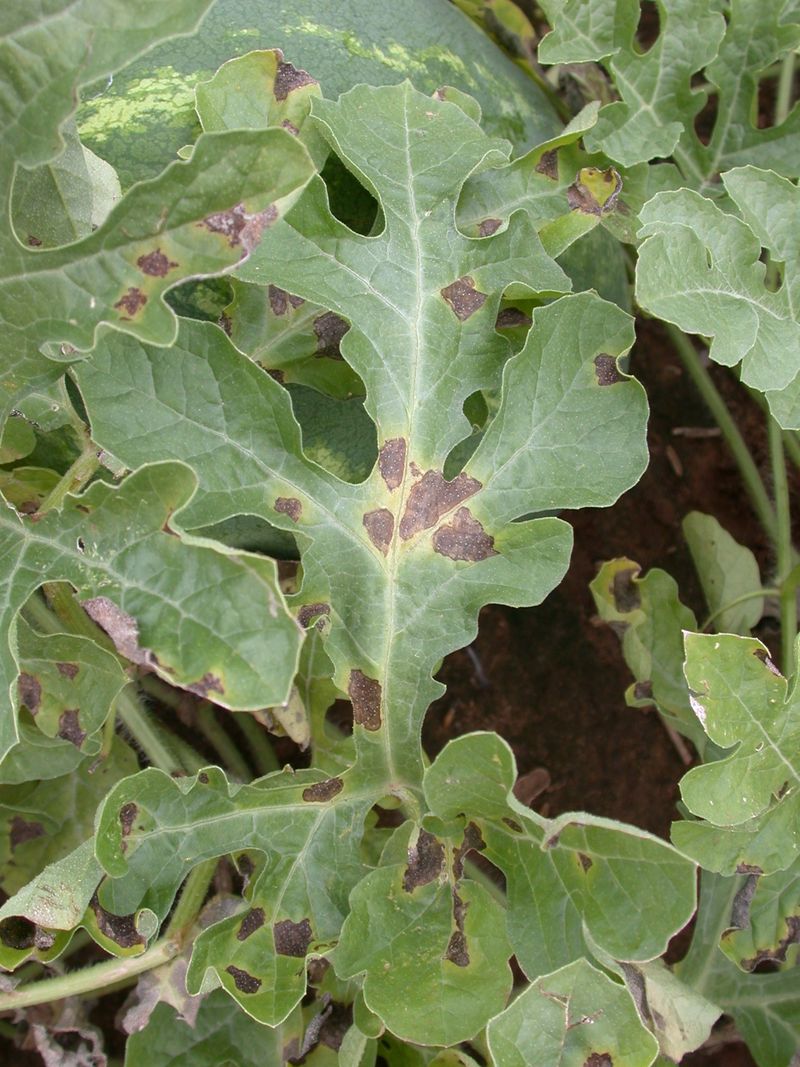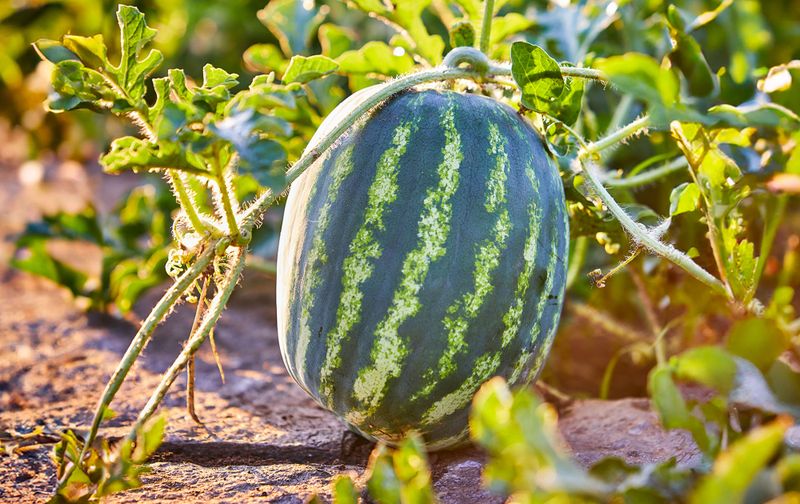Growing giant watermelons can be a rewarding and fun gardening project. With the right techniques and a little patience, you can enjoy a bountiful harvest of these juicy giants.
Here are 13 easy tips to help you succeed in growing giant watermelons this season.
1. Choose the Right Seeds
The journey to giant watermelons begins with selecting the right seeds. Opt for varieties known for their size, like “Carolina Cross” or “Black Diamond.” These seeds are specifically bred to produce larger fruits.
To ensure success, purchase seeds from a reputable supplier who specializes in giant watermelon varieties.
Choosing the right seeds sets the foundation for your entire growing season, so don’t skimp on quality. With the right seeds in hand, you’re already on your way to a bumper harvest! Happy planting!
2. Prepare the Soil
A watermelon’s growth relies heavily on the soil. Start by tilling the soil to a depth of at least 12 inches. This aerates the ground and encourages root expansion. Next, enrich the soil with organic compost or well-rotted manure.
These amendments provide essential nutrients and improve soil structure. Remember, watermelons thrive in sandy, well-drained soil, so avoid clay-heavy areas.
A healthy soil foundation is vital for producing those mammoth melons you dream about. Let the earth do the work, and watch your garden flourish.
3. Plant at the Right Time
Timing is everything when it comes to planting watermelons. Wait until the soil temperature consistently reaches 70°F. This usually occurs in late spring or early summer, depending on your location.
Planting too early can stunt growth, as watermelons need warmth to thrive. Use a soil thermometer to ensure optimal conditions.
Plant seeds about an inch deep and spaced according to the variety’s recommendation. Proper timing sets the stage for a successful growing season filled with giant watermelons. Trust in nature’s rhythm.
4. Water Wisely
Watering is an art for growing watermelons. These thirsty plants need about 1-2 inches of water weekly. It’s best to water deeply but infrequently, encouraging robust root growth.
Early morning is ideal, reducing evaporation and allowing leaves to dry off by evening. This minimizes disease risk.
Drip irrigation systems are a great investment, providing consistent moisture directly to the roots. Remember, overwatering can lead to rot, so keep the balance just right. Your watermelons will thank you with juicy, plump fruits.
5. Fertilize Regularly
Feeding your watermelons is crucial for their growth. Start with a balanced granular fertilizer when planting. As the vines grow, switch to a high-nitrogen fertilizer. Once fruits begin to set, opt for one rich in phosphorus and potassium.
This encourages fruit development and size. Fertilize every 3-4 weeks for best results, but always follow the product’s instructions.
Over-fertilizing can harm plants, so moderation is key. With the right nutrients, your watermelons will swell to impressive sizes, ready for a delicious harvest.
6. Mulch to Retain Moisture
Mulching is a gardener’s secret weapon. It helps maintain soil moisture, regulates temperature, and suppresses weeds. Use organic mulch like straw or shredded leaves around your watermelon plants.
Apply a layer 2-3 inches thick, keeping it away from the stems to prevent rot. This simple step can drastically improve your yield, enabling plants to focus energy on growing large, juicy fruits.
Mulch also acts as a barrier against certain pests. Embrace this natural method for a healthier, more fruitful garden.
7. Control Pests Naturally
Pests can be a real nuisance for watermelon growers. But fear not, there are natural ways to keep them at bay. Introduce beneficial insects like ladybugs and lacewings to your garden.
These predators feast on common pests such as aphids. You can also use neem oil as an organic pesticide. Regularly inspect plants for signs of infestation and remove any affected leaves.
Maintaining a healthy garden ecosystem is key. By controlling pests naturally, you’ll protect your precious watermelons without harmful chemicals.
8. Provide Adequate Space
Watermelons need room to grow, both above and below ground. When planting, ensure adequate spacing between seeds—usually about 3-5 feet apart, depending on the variety. This allows vines to spread out and receive ample sunlight.
Proper spacing also improves air circulation, reducing disease risk. As the vines sprawl, they will develop strong roots that support bigger fruits.
A crowded garden can lead to smaller, less healthy watermelons. Give your plants the space they need, and they’ll reward you with giant, luscious melons.
9. Support Heavy Fruits
As your watermelons grow, they may need support. Large fruits can put stress on vines, potentially causing damage. Use slings made from cloth or netting to cradle heavy melons. This takes the weight off the vine and prevents ground rot.
Check the slings regularly to adjust as the watermelon grows. A supported fruit is less likely to develop blemishes, keeping it picture-perfect for harvest. With a little care, your watermelons will mature beautifully, ready to impress at any summer gathering.
10. Prune for Better Growth
Pruning can enhance watermelon growth. Focus on removing secondary vines and excess foliage. This directs the plant’s energy into producing larger fruits. Prune early in the morning when temperatures are cooler, reducing plant stress.
Use clean, sharp shears to make precise cuts, avoiding damage to the main vine. Pruning also improves air circulation, which helps prevent disease.
While it may seem counterintuitive to cut back growth, strategic pruning leads to more impressive yields. Trust the process and see the difference it makes!
11. Rotate Crops Annually
Rotating crops is essential for maintaining healthy soil. Avoid planting watermelons in the same spot year after year. This practice reduces soil-borne diseases and pest buildup. Rotate with crops from different families like legumes or leafy greens.
Crop rotation also helps balance soil nutrients, leading to a more fertile garden.
Planning your garden layout ahead of time ensures you maximize the benefits of rotation. By following this practice, your watermelons will thrive in healthier soil, year after year.
12. Monitor for Diseases
Keeping an eye on your watermelon plants is crucial. Regularly inspect leaves and stems for unusual spots or discoloration. Early detection of diseases like powdery mildew or mosaic virus can save your crop.
Remove any affected parts immediately to prevent spread. Use disease-resistant varieties and practice good garden hygiene by cleaning tools regularly. Healthy plants are less susceptible to disease, so maintain optimal growing conditions.
Being vigilant ensures you catch problems early, allowing your giant watermelons to reach their full potential.
13. Harvest at the Perfect Time
The culmination of your hard work is harvesting. To know when to pick, look for signs like a creamy yellow spot where the melon rested on the ground. The tendril near the fruit stem should also be brown and dry.
Tap the watermelon; a deep hollow sound suggests ripeness. Harvesting at the right time ensures maximum sweetness and juiciness.
Use a sharp knife to cut the fruit from the vine, leaving a couple of inches of stem attached. Enjoy the fruits of your labor, literally!
